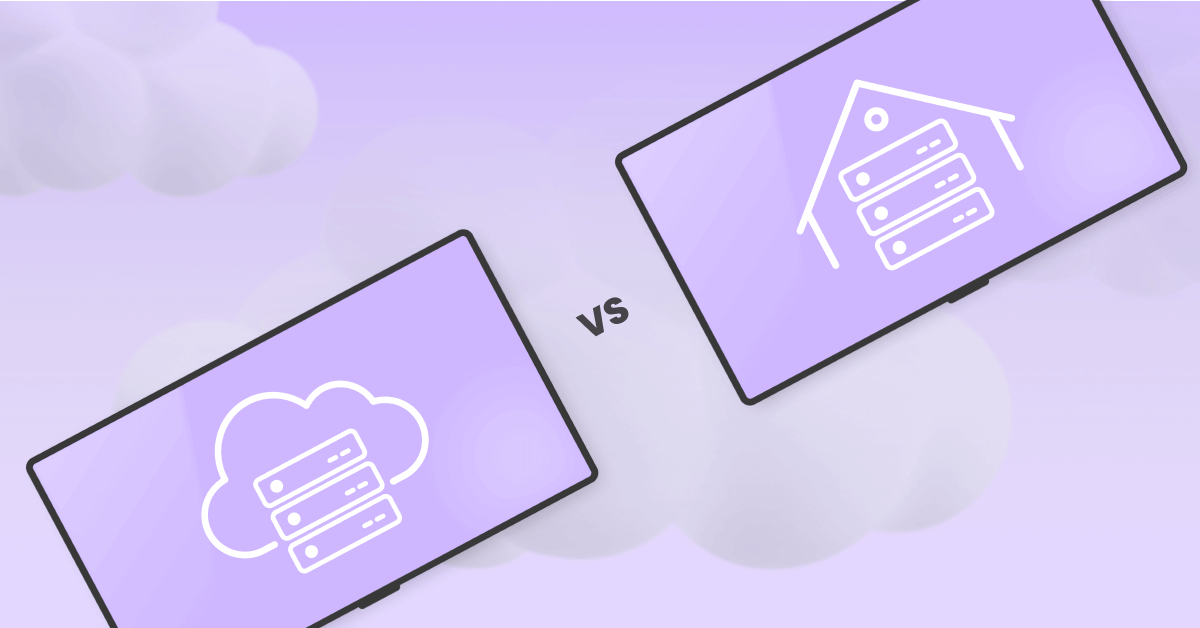Cloud-based digital signage offers numerous advantages. For instance, users can easily create and manage content using its user-friendly interface; additionally, features like real-time data visualization can be added easily.
Save money by forgoing upfront hardware costs. Also, subscriptions and charges count as business expenses that can be deducted from taxes.
Cost
Dependent upon the size and scope of your network, you have two digital signage system options to consider when selecting digital signage software: on-premise systems are installed directly onto a server owned by you, while cloud-based solutions are stored remotely by the vendor or service provider and accessed using web browsers. Both options offer advantages and disadvantages, though an on-premise option often costs more.
Hardware costs for digital signage are an initial and ongoing expenditure. These costs include displays (screens), media players and mounting equipment – not likely to need replacing frequently but you should plan for upgrades every 3-5 years – we advise purchasing durable units that conserve energy.
Content creation is another significant cost factor in digital signage costs, as this may require licensing fees and creative expenses as well. Producing content takes both time and money; hence why many networks opt for cloud-based solutions instead.
Cloud-based digital signage systems typically come as complete solutions, which can save money by eliminating the need for IT specialists to monitor and troubleshoot backend technology, along with hardware/software updates reducing overall costs. On-premise systems may be more costly as hosting servers must also be maintained yourself.
Scalability
Cloud based digital signage not only offers businesses greater scalability and cost-cutting benefits but can also save them money through eliminating hardware investments. By hosting their software remotely on a server, companies don’t need to invest in additional servers or hire IT staff for maintenance – instead they can focus on developing engaging content for their target audiences.
Cloud-based digital signage solutions allow for quick and simple content updates without requiring IT expertise or lengthy installations, making them especially beneficial to companies needing to display dynamic information across multiple locations.
Cloud-based systems also enable remote access and security. In contrast to on-premise solutions that require IT teams to manage and troubleshoot the system from specific locations, which can be time consuming and increase employee workload. Cloud-based digital signage services use multifactor authentication as well as encryption technology regularly on uplinks and downlinks for added peace of mind.
Cloud-based digital signage providers that offer customizable plans allow you to select features that best meet your needs, such as touch content and integrations for TV dashboards. Some providers even offer customer support via phone or email – ideal for small- to mid-sized businesses without budget to hire an IT team.
Security
Cloud-based digital signage solutions use a web server that enables users to remotely manage their screens. This system is particularly beneficial for businesses that must quickly make updates such as inclement weather closures or new product announcements, while providing high scalability by expanding to accommodate more screens or contracting as needed.
Cloud-based systems offer businesses many advantages, with accessing them from any internet connection allowing greater flexibility for business owners, while cutting down costs by eliminating expensive hardware. Plus, software updates are done automatically so there’s no need to host servers on-site!
However, it’s essential to keep in mind that cloud-based solutions may be vulnerable to security breaches if they’re not properly secured. To mitigate known vulnerabilities effectively and secure these cloud-based solutions effectively against security breaches it is necessary to implement strong authentication processes, such as two-factor or biometrics recognition authentication methods and regularly updating to mitigate known issues with digital signage solutions as well as ensure they comply with any relevant data protection regulations.
On the other hand, using an on-site digital signage solution requires hosting your own servers and paying for equipment and maintenance necessary to run them. Furthermore, energy-efficient players must also be purchased as well as regular software updates manually performed – thus this type of system may work better with companies with dedicated IT teams available to oversee it.
Maintenance
On-site digital signage solutions may be more scalable than cloud-based solutions; however, their initial and recurring monthly costs are significantly greater due to server expenses, electricity bills, security needs and IT labor fees – costs which may become an impediment to small businesses’ growth. A good cloud digital signage provider offers all-in-one packages which handle hosting of servers as well as updates for their clients’ benefit.
Cloud digital signage not only offers cost-effective and scalable solutions, but can also be accessed from any device with internet access, making remote management of content possible when on the road or away from the office.
Cloud digital signage also offers remote support and technical training services to its clients, making them less dependent on an in-house IT team and saving money on hardware costs.
Cost of maintaining on-site digital signage systems is much greater than cloud-based ones, as requiring an IT department to manage server updates can be both complex and time consuming if your display contains multiple screens. By contrast, cloud digital signage systems can be managed remotely through computers, tablets or smartphones connected to an internet connection and logging into their dashboard dashboard.

